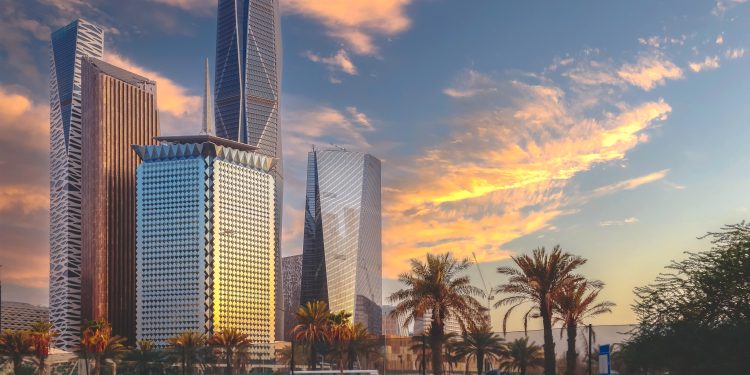The Kingdom of Saudi Arabia has traditionally anchored its economic strength on its abundant oil reserves. Yet, the nation has been steering towards a more varied economic landscape, stepping away from its reliance on oil to better manage potential economic uncertainties. A landmark achievement was recorded in 2023 when Saudi Arabia reported that non-oil sectors now compose half of its gross domestic product. This development signifies the strides Saudi Arabia has made in its diversification efforts.
Non-oil GDP encompasses the total value generated by industries excluding oil, such as agriculture, tourism, manufacturing, technology, and telecommunications. This pivot is essential, given the unpredictable nature of oil prices, which can lead to economic instability. Saudi Arabia is bolstering its non-oil sectors to safeguard its economy against the whims of the global oil market. The consistent prices of non-oil goods, as opposed to the fluctuating costs of crude, underscore the progress of Saudi Arabia’s economic diversification.
Saudi Arabia’s journey towards a more balanced non-oil GDP involves implementing policies and strategies that nurture small and medium-sized enterprises and the National Investment Strategy. Initiatives like the Kafala program illustrate the government’s commitment to finance SMEs, thereby energizing the non-oil economy. The National Investment Strategy complements these efforts by encouraging innovation, stimulating private sector expansion, and setting objectives for essential industries, all demonstrating the Kingdom’s dedication to reducing its oil dependence.
Diversifying the economy offers numerous advantages, such as buffering against oil market fluctuations, creating more local employment opportunities, and propelling economic growth and stability. With a lower reliance on oil, the Kingdom is less susceptible to market disruptions. This safeguard is increasingly important as some projections indicate that oil-dependent nations may experience economic challenges due to the surge in renewable energy adoption and unpredictable global events.
Another benefit of economic diversification is the broadening of the job market. Emerging industries stimulate the demand for domestic labor, resulting in a more vibrant and diversified job market. This, in turn, strengthens the economy and propels the private sector towards greater innovation and growth.
A significant hurdle in Saudi Arabia’s economic reformation is the attraction of foreign investment. The Kingdom must enhance its foreign direct investment landscape to achieve the necessary scale for its diversification objectives.
The expansion of non-oil GDP lays the foundation for enduring economic growth by diversifying exports and fostering income growth. For instance, the rise in non-oil industries enabled Saudi Arabia to reach an unprecedented $84.4 billion in non-oil exports in 2022, with the manufacturing and services sectors expanding by 15 percent. This diversification is a testament to Saudi Arabia’s commitment to insulating its economy from oil-related risks and fostering a future of stability and sustainability.
Despite the progress, attracting foreign investment remains a key challenge in Saudi Arabia’s economic transformation. The Kingdom is proactively addressing this by launching private and public-private partnership programs. The Saudi privatization program, for instance, is designed to increase private sector participation in the national economy, improving efficiency and productivity. This includes opening up 140 projects, such as four major airports, to private investment as part of its privatization and diversification agenda, thus aiming to bolster investor confidence in non-oil sectors.
Looking ahead, Saudi Arabia is likely to continue enhancing government spending to support non-oil GDP growth and introduce social and cultural reforms as part of its economic diversification. The Saudi Public Investment Fund, for example, plans to initiate various public offerings and bond sales to generate funding for its diversification plans under Vision 2030. The government is poised to continue such equity offerings to finance the transition to a non-oil-based economy.
Attention is also directed towards reforming the Kingdom’s social and cultural environment to create a more welcoming atmosphere for investors. Major reforms, including re-opening cinemas, lifting the ban on women driving, dismantling the male guardianship system, and allowing gender mixing, signal Saudi Arabia’s intent to relax social norms to attract foreign investment for diversification prospects.
In summary, Saudi Arabia’s strategy to transition from an oil-centric economy to one with a substantial non-oil GDP component is designed to minimize the impact of global oil market volatilities and foster economic growth, sustainability, and job creation. However, this shift could have global repercussions, as it may lead to changes in the supply and demand dynamics of crude oil. Nonetheless, Saudi Arabia’s approach serves as an exemplary model for other nations seeking to diminish their reliance on oil and establish a diversified economic foundation.


